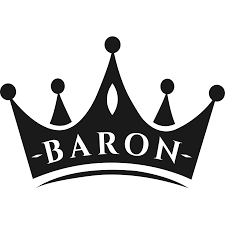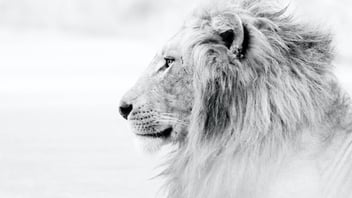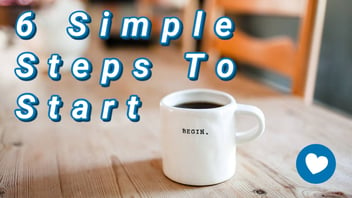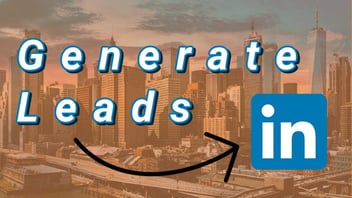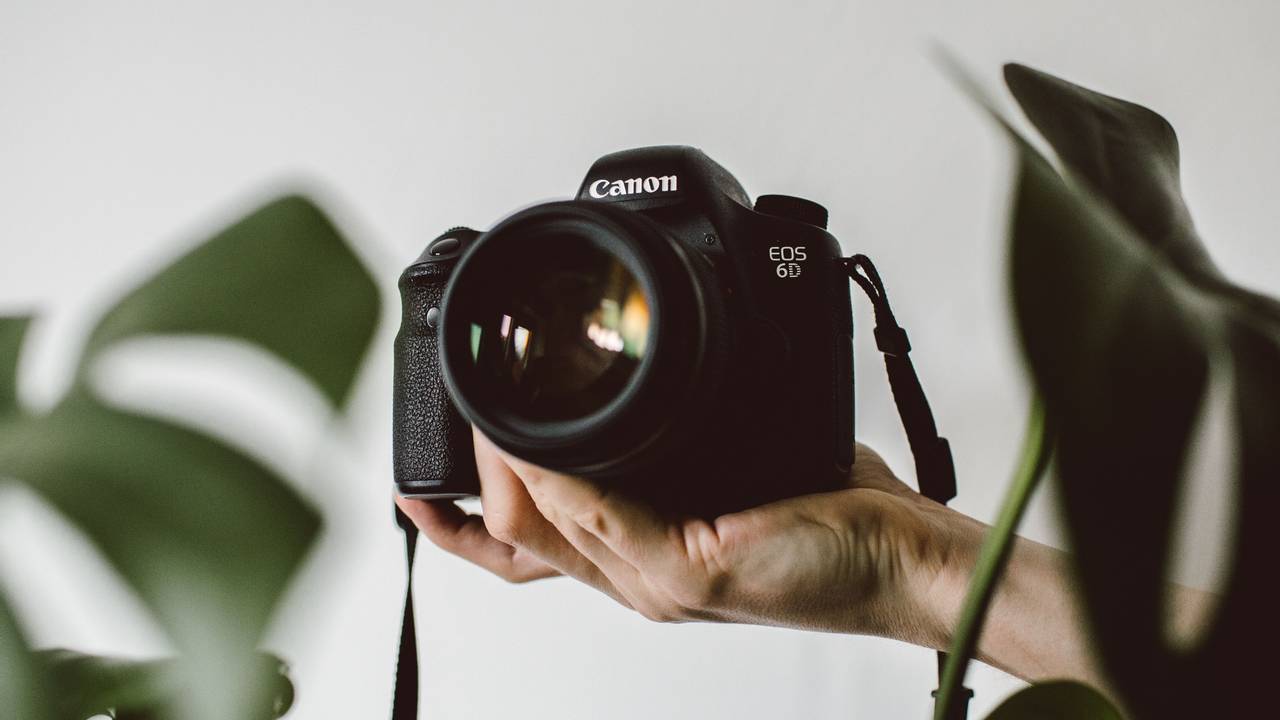
LinkedIn is a powerful tool to improve any venture, but photographers will find it considerably useful as they can easily display their works and show people their talent.
Additionally, it features a wide range of tools to locate customers.
Yet, it also has a superior suite of tools to identify professionals and grow a network of people willing to refer clients to you.
That said, LinkedIn is different from Facebook and Instagram, so you need to promote yourself in concrete ways to ensure the maximum impact on your network and the ability to obtain leads.
Self-Promotion
In the same way, people use Facebook to promote what they are having for dinner, you should use LinkedIn to promote your professional portfolio.
You can support a variety of photograph-related content such as:
- Coupons
- Events
- Video sessions
- Ability to also do VR or 360-degree photography
- Testimonials: photo and video
Recruit Sales Staff
Partnering with other sales staff can be lucrative.
LinkedIn is one of the largest employee referral sites, and you can use it to build a team that you can pay on commission. To do this, you can notify people you are hiring sales experts.
After doing so, you will get direct responses and referrals of people able to help you grow your photography business.
Advertising
Targeted advertising helps you locate people needing photographers.
You can filter your search efforts to focus on people of various ages incomes.
Additionally, you can focus your geographical range to the most affluent neighborhoods in a city.
Finally, you can include "photography" or "photographer" in your keywords to help zero in on people searching for your services.
Manual Search
Most sites allow you to search for content. For instance, YouTube allows you to search for DIY projects and funny cat videos.
However, LinkedIn allows you to search for people.
In doing so, you can find potential business customers and end customers. Additionally, you can locate people able to serve as marketing partners.
In terms of marketing partnerships, LinkedIn is especially helpful as you can identify professionals with venues for weddings, events, and other places photography customers need.
These partners can then refer customers directly to you.
Be Active
Being active is extremely important on LinkedIn. If you make a connection, you should follow up with that connection via email or private message.
Reaching out to a new connection helps that connection view you as an actual person rather than as a link.
Additionally, the interaction increases the likelihood a contact will add you to his or her network.
Once you are added to a network, everyone on that network will see all your updates.
The more connections you make, the more you will show up in a variety of searches that you would not otherwise have access to.
You can also target your posts to attract the attention of new contacts potentially.
If you are a photographer that also provides video services, you can target customers who oversee venues for weddings or family reunions.
Leeches
Ensuring you are perceived as a valuable member of a network is essential.
Conversely, some cautionary advice is to ensure you are not perceived as an information mooch.
LinkedIn offers many avenues to find customers, but you cannot simply ask your contacts for leads. Instead, offer to help.
As mentioned previously, it is crucial to be active and contact potential clients.
You can ensure you are helpful and not seen as a leech by following certain professional etiquette.
- Offer assistance
- Send leads
- Work for your contacts without having been asked
The key is understanding if you work for others, they will work for you.
In helping others, you naturally build a friendly network that will be more open to helping you compete with your competition.
Pacing
Of course, you don't want to seem as if you are spamming your services to everyone on the planet.
Spam solicitation annoys people, and to not saturate your market's attention span, you should post at a frequency that provides value without overdoing it.
Posting on LinkedIn should be done a minimum of three times a week and no more than two or three times a day.
Additionally, you can post certain types of information at certain times when specific people are more likely to be online.
If you are posting job information, job seekers might be online during the early morning hours.
If, however, you are posting requests for leads, you might post during typical work hours or in the evenings.
Your Profile
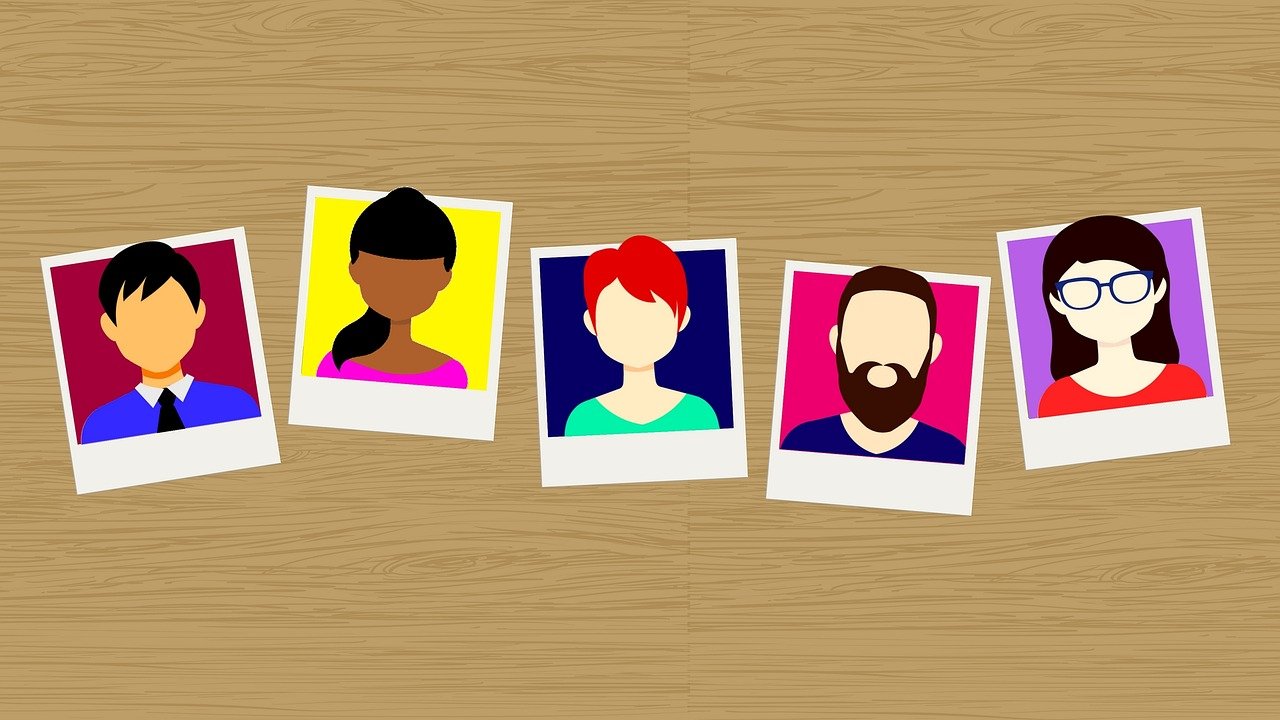
Your profile is an excellent opportunity to let people know who you are and why you are part of any LinkedIn photography group. You can easily communicate this via your headline and summary.
Telling the story of how you came to be a photographer and the passion that guides your efforts is a much more effective way to gain clients than merely listing your accomplishments and previous jobs.
People want to feel a connection. When they feel a relationship, they are more likely to want to work with you.
Sharing who you are and what you are passionate about reveals the artist in you and is a great way to show that you have a voice.
Visual appeal
Photography is an art form that allows you to express who you are and what is important to you.
As such, it is important that you use every avenue that LinkedIn provides to showcase your photos.
One of the first things people we see that will inform their impression of you as a photographer is your profile picture and background photo.
In terms of your profile picture, you should use a picture of yourself that reflects the work you do and how you would like to be perceived.
This means choosing clothes that reflect who you are while still reflecting a professional appearance.
Although this simple choice depends on the type of photography services you provide, you should be sure not to overdo it on the creative side of things as this can come across as less than professional.
Similarly, the tour background photo is the best place to make an impression that will have a lasting impact.
It is positioned behind your profile picture, so it is important to understand that the background you choose will be associated with who you are as a photographer.
Of course, another great way to showcase your work is to change your background periodically. In doing so, you can help others see the range in your action.
Changing your background will also help keep you fresh in their minds.
Groups
Joining groups is another way to ensure people know who you are as a photographer.
Although joining industry-specific groups like ASMP and NPPA or a LinkedIn photography group will help build your network, doing so will not necessarily lead to new clients or jobs.
Instead, you should join groups that are related to your type of photography.
If you specialize in photographing weddings, you should join groups like events, family reunions, or weddings because these groups include people looking for a photographer.
However, joining is just the first step.
You must be active.
This means you should join groups that talk about things that interest you because you can then naturally participate.
Checklist
For any photographer, it is important to have a complete suite of strategies to grow your business, and you can do so with a handy checklist.
Without a checklist, you might forget some very important techniques to help people spread the word about your services and photos.
